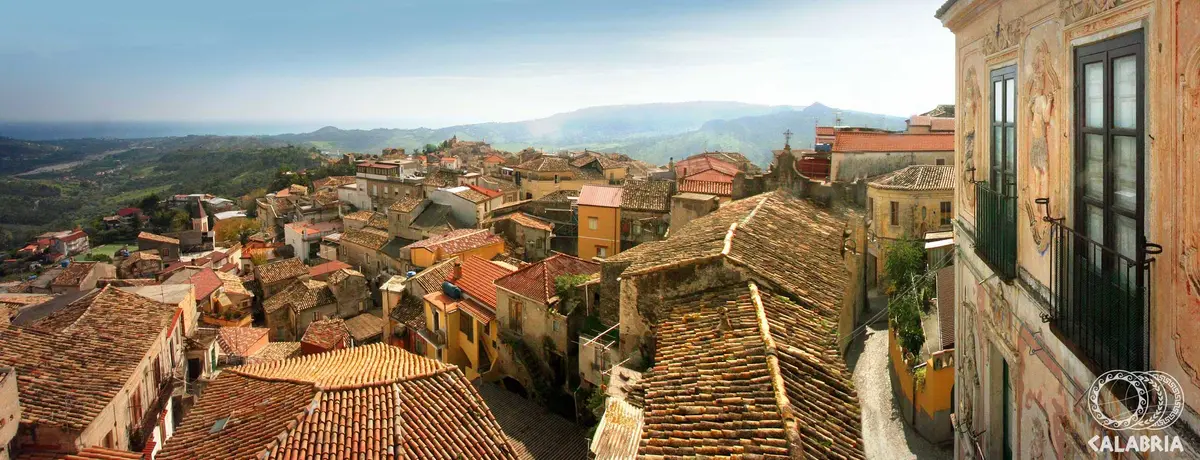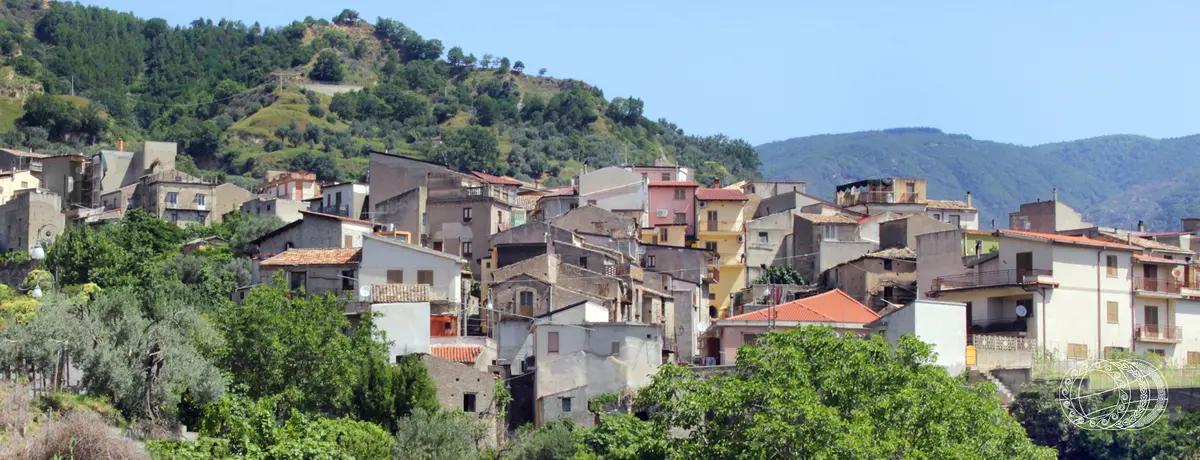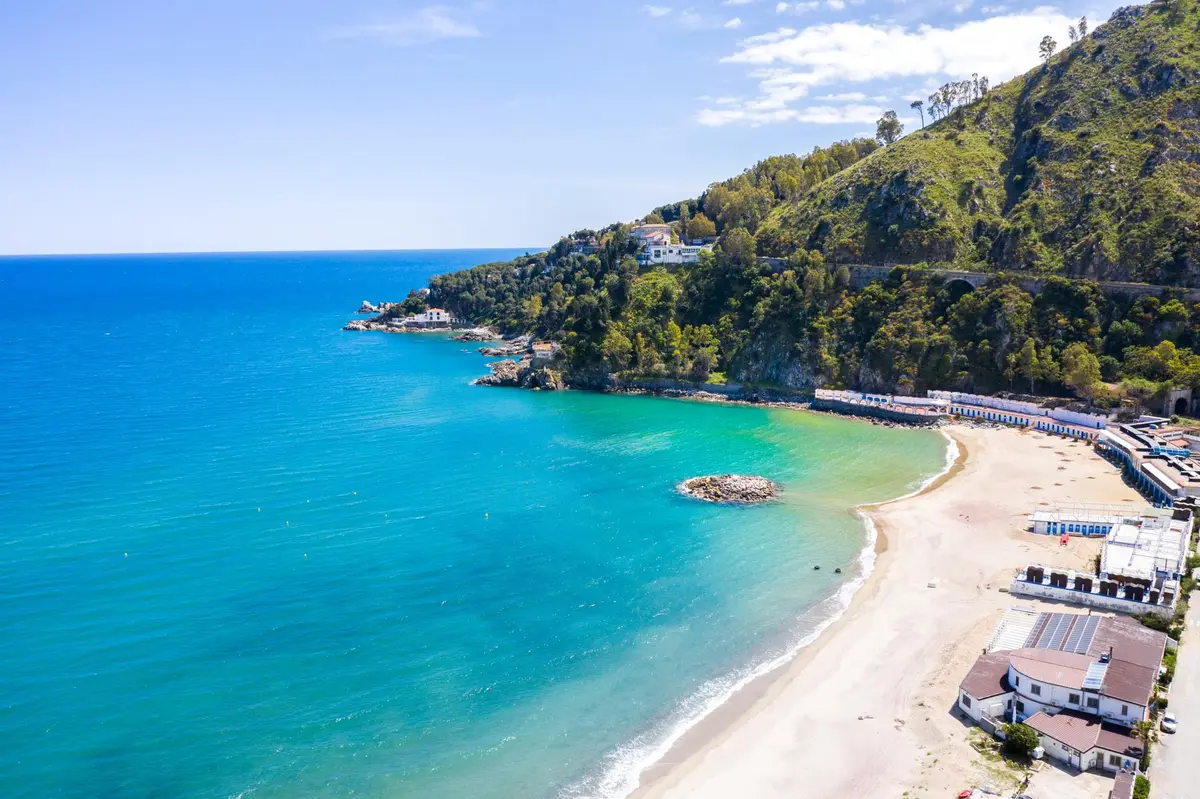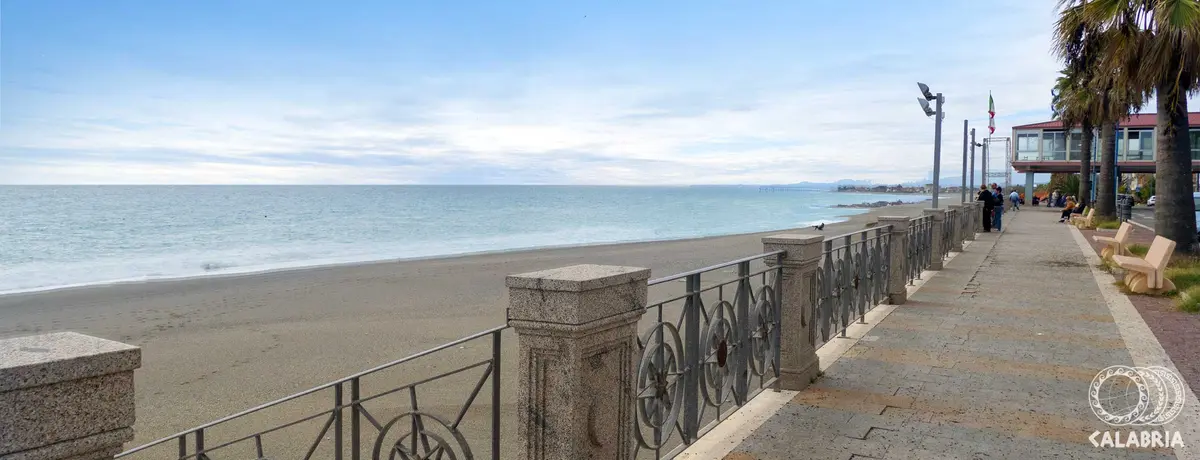Caulonia
Caulonia, the fairy-tale village that tells its own story

Town
Caulonia is a large town in the Province of Reggio Calabria. It stands on three hills and has partially maintained its Medieval layout as well as architectural elements of Byzantine influence and several 17th-and-18th-century buildings. The village unfolds among narrow and winding streets, squares of incomparable charm and splendid panoramic viewpoints.
Strolling through the village, visitors can admire many forms of art and outdoor museums of farming culture as well as Byzantine and Renaissance colours.
Caulonia is a fairy-tale village, which tells its own story through its artistic essence, which is the town’s true soul.
The vivid tones of frescoes and mosaic tiles create wonderful scenes on house walls, re-enacting ancient traditions of daily life. Caulonia is a type of fairty-tale village that tells stories of ancient crafts, appreciating through its artistic essence the village’s true soul.Caulonia's area extends from its deep blue sea, passing through hilly areas and up to the rugged Serre mountains. The mountainous areas of the Calabrian Serre reach a maximum height of 1241 metres, and offer a rich flora of oaks, chestnut trees, firs and pines. The hamlet of Caulonia Marina offers spa and accommodation facilities along the coastline, composed of an immense seashore, a crystal blue sea and marvellous sunshine. Not to be missed is Caulonia Tarantella Festival that for over a decade has managed to draw into the small village thousands of people from all parts of Italy, due also to the organisation of courses and seminars on the typical traditional Calabrian folk dance.
The old town centre
A walk to Caulonia's historical town centre is an experience which is definitely more significant than anything that can be read or written on its artistic heritage. There you can embrace a dense layering of walls, both old and new, gaining a profound perception of the spirit of the place as the landscape's theatre. The four medieval gates of the walls, now incorporated in the urban grid, are still visible: Porta Sant'Antonio or del Salvatore, in sandstone; Porta Pusterla, connected to the walls of the castle, in stone and brick; Porta Amusa, the gate to the garden and to the road along the Amusa river; Porta Allaro, the smallest, in stone and bricks, facing the coast along the road of the Allaro river and its mouth. In addition to the large number of churches, worthy of a visit are the elegant buildings, with portals, courtyards, rich gardens and precious furnishings of notable artistic value. Included among the more important private are the elegant Villa Campisi, surrounded by gardens and cloisters of considerable interest not only from an architectural point of view but also in terms of botanical and medicinal purposes. Some of the most beautiful portals of old town centre are of fine light-coloured sandstone tending toward ochre while other more unusual portals are in red sandstone, such as that of the former church of San Leo. Sandstone is a local rock of sedimentary origin that has the appearance of a myriad of sand grains cemented together; its use was very widespread in ancient times. In fact, it was specially used in religious buildings or reused in the urban grid, scattered a little everywhere in the layers of stone walls. All these elements, connected by roads (with paving stones or pebbles in stone) which in many points flank the ancient churches, squares and ancient buildings, and that intertwine with many narrow alleys, make the old town into an extremely fascinating hillside village.
Archaeological Park of Ancient Kaulon
Of great interest is the Archaeological Park of Ancient Kaulon, situated a short distance from Monasterace Marina. Part of the finds found in the area are kept at the National Museo nazionale di Reggio Calabria (Museum of Reggio Calabria). During the Roman Age it was named Castrum Vetus, while in the Middle Age it was called Castelvetere after the 11th- century Norman castle. The discovery of some Greek and Roman structures in the Focà-Mattanusa area induced some local experts to believe that they were the remains of the ancient Kaulon. For this reason, the town was called Caulonia, though the actual location of the Magna Graecia city was later discovered by Paolo Orsi near the lighthouse of Punta Stilo in Monasterace.
The Norman Castle
It is likely that Caulonia's castle gave the town its name. Built in Norman style, it was the headquarters of the Castellani until the earthquake which shook Calabria in 1783 reduced it to a terrible condition.The castle had an irregular external layout, partly surrounded by a hand dug moat, fortified with a scarp and a counter-scarp, surrounded by large towers and, in the front quarters, strengthened by stone barriers and iron gates. Equipped with militias and artillerymen who could pose some resistance even to well-organised enemies, the castle was separated from the square by a hand dug trench: the connection was made using a draw bridge. The castle, a real fortress with moats, draw bridges, its curtains and ramparts and its parade ground, had spacious courtyards and rear courtyards, a decorative church, many rooms permitting the soldiers and servants to live comfortably and huge store rooms for the conservation of food supplies. In April 1842, the ruins of the castle seemed to belong to a certain Ilariantonio Taranto who, after having filled up the moat and fixed the drawbridge, installed a silk spinning machine, which did not last long. In 1897 the ruins of the castle, passed on to new owners (the Gallo family), then to the Scalisi family and so on until the D’Amato family, who today, still live in the shadow of the Norman stronghold, whose remains can still be seen.
Useful information
What to know about Caulonia
Events
There are 2 events scheduled.
Where to Sleep
There are 18 available accommodations.
Travel Ideas
There are 5 travel ideas.
Infopoint Caulonia
Via Roma, Caulonia
No result









